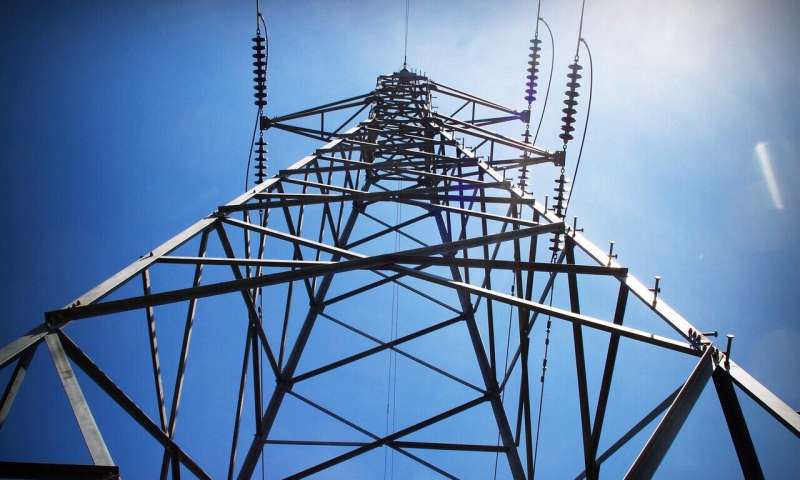Towards for a power grid that is resilient to short circuits

You're just sitting there, working or watching television, and bang, the power goes out. Everyone knows how annoying it is to search for candles in a cold, dark house or office during a power failure. But due to excavation work or extreme weather, there is always a chance of an outage in the power grid.
And that chance will only increase in the future. For example, because of more extreme weather as a result of climate change. How do you ensure that the electricity network of the future, with its greater contribution from wind and solar energy, does not constantly fail and remains as stable as possible? To find out, TU/e researcher Martijn Roos studied how you can island part of the electricity network as a microgrid to reduce the consequences of a short circuit.
Stable grid
"Supply and demand of energy must be equal for a stable electricity grid," says Roos. "If a short circuit occurs, you need to be able to sketch obvious scenarios so that you can respond to them." To do this, he developed a number of dynamic models. These make it possible to analyze the stability of the grid during and after a short circuit. In the model, Roos looks at the effect of forming an islanded microgrid after a short circuit, so-called fault-initiated islanding.
The researcher concludes that when you deploy such a microgrid during a power outage, the damage is limited because there is no mass outage. You avoid a major blackout, because the grid is divided into small islands, as it were.
Power outage
Roos also conducted case studies. "To determine whether the grid remains stable during a short circuit, you also have to test something like this in a dynamic environment because that is the most similar to reality." He looked very pragmatically at what happened in his models when he connected different devices to the microgrid. "You want to know what the effect is of laptops, motorcycles and lights being on. Because people also use those kinds of devices during a power outage and then the grid has to remain stable. So I took all that into account in my calculations and models."
Floods and forest fires
The more that is generated decentrally, for example via solar panels and wind turbines, the more effective it will be in the future to deploy microgrids during a power failure, Roos discovered. "A large scale power outages can have a significant economic impact and locally disrupt society. By comparison, the cost of implementing fault-initiated islanding is relatively low." Areas where there is a lot of digging and frequent flooding, wildfires or tornadoes will also benefit from forming microgrids, as these areas are more likely to experience short-circuits.
For now, this is still in the future, as regulations in this area are still at a basic level. "But it is a nice idea that when we start using it in about ten years, I have been at the basis of this with my research."
More information: Thesis: pure.tue.nl/ws/portalfiles/portal/174169358/thesis
















